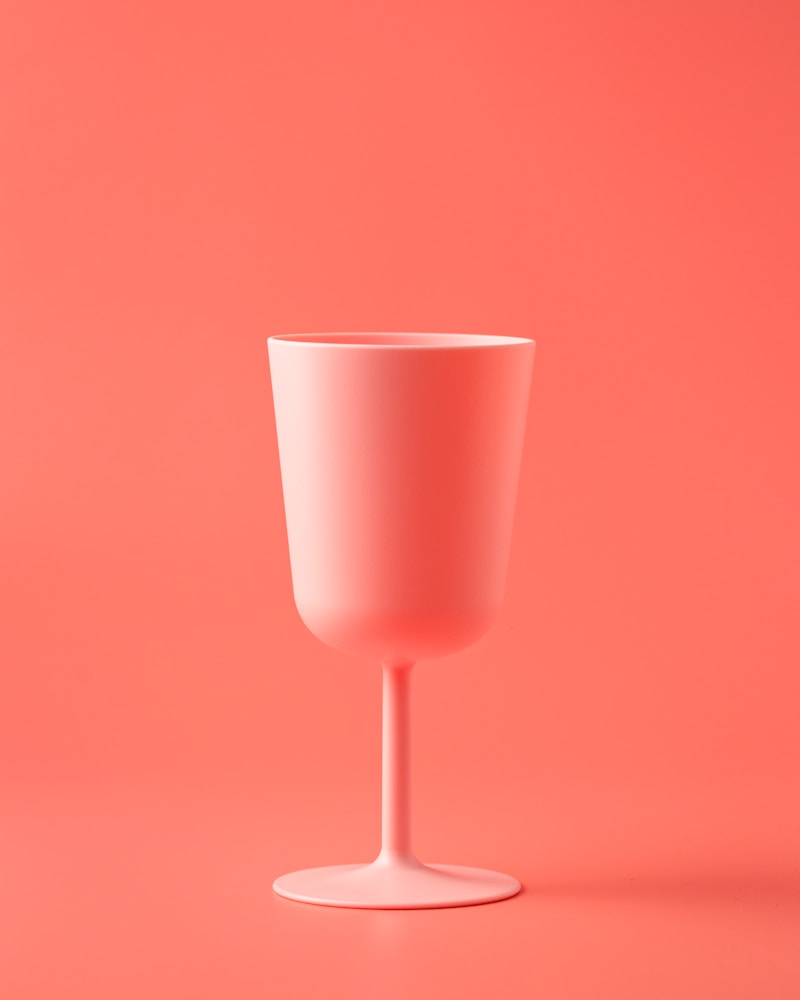Color Palette Considerations for Different Fabrics: A Comprehensive Guide
Understanding Color Palettes: Why Fabrics Matter
Choosing the right color palette for various fabrics is a crucial aspect of design that can significantly influence the aesthetic and functionality of any project. In this article, we will delve into the considerations you should take into account when selecting colors for different types of fabrics, and how this expertise can enhance your design endeavors.
The Importance of Color in Fabric Selection
Colors can evoke emotions and convey messages. For instance, warm colors often evoke feelings of warmth and comfort, while cool colors can create a sense of calmness. When you select a fabric, the color palette should complement not only the material's texture but also the intended use of the fabric. Here are some key factors to consider:
- Fabric Type: Different fabrics reflect colors differently. Natural fabrics like cotton or linen may absorb colors in ways that synthetic fibers do not.
- Lighting: The environment where the fabric will be used plays a significant role in how colors are perceived. Natural sunlight, fluorescent lights, and incandescent bulbs all alter colors.
- End-Use Context: The intended use of the fabric—whether for upholstery, clothing, or curtains—can dictate the choice of color palettes.
Color Theory Basics
To make informed choices about color palettes, it's helpful to understand the basics of color theory. The color wheel, which includes primary, secondary, and tertiary colors, can help you visualize how colors relate to each other.
Primary Colors
These are red, blue, and yellow. They cannot be created by mixing other colors and are the foundation for creating others.
Secondary Colors
These colors are created by mixing two primary colors. They include green, orange, and purple.
Tertiary Colors
Mixing a primary color with a secondary one produces tertiary colors, which add depth to a color palette.
| Color Category | Examples |
| Primary Colors | Red, Blue, Yellow |
| Secondary Colors | Green, Orange, Purple |
| Tertiary Colors | Red-Orange, Yellow-Green, Blue-Purple |
Considerations for Specific Fabrics
Now, let's explore how color palettes can vary when applied to different types of fabrics:
Cotton Fabrics
Cotton is a versatile fabric that absorbs colors well, often resulting in vibrant hues. When designing with cotton, consider using bold colors and patterns to enhance its texture. For instance, in regions like South Asia, bright patterns are commonly used in cotton garments.
Silk Fabrics
Silk reflects light beautifully, creating a luxurious appearance. Soft pastels and rich jewel tones such as emerald green or royal blue often work well with silk. For example, silk saris worn during wedding ceremonies are frequently adorned with deep, vivid colors that symbolize joy and prosperity.
Wool Fabrics
Wool tends to absorb dye differently than smoother fabrics, leading to more muted tones. Earthy colors such as browns, greens, and dark blues are often used in wool garments, especially in colder climates. For instance, in regions like Scotland, traditional tartans often use dark, rich colors to represent family lineage.
Polyester Fabrics
Polyester is known for its durability and ability to retain color. Bright, bold colors, as well as intricate designs, can be achieved. In fashion, vibrant prints are popular for polyester garments, like sportswear, where high visibility is desired.

Combining Color Palettes: Trends and Techniques
Combining colors effectively is both an art and a science. Some techniques and trends can guide your decisions:
- Monochromatic Schemes: Using different shades of a single color adds depth while maintaining harmony.
- Analogous Colors: Combining colors that are next to each other on the color wheel creates a cohesive look.
- Complementary Colors: Utilizing opposite colors on the color wheel can produce striking contrasts that grab attention.
Practical Tips for Choosing Color Palettes
When deciding on a color palette for different fabrics, keep these practical tips in mind:
- Test Colors: Always test colors in the actual lighting conditions where they will be used.
- Consider Trends: Keep up with color trends in design. The Pantone Color of the Year can influence your choices.
- Account for Texture: The texture can change the perception of color. A rough texture may dull a color, while a smooth finish may enhance it.
Conclusion
Understanding color palette considerations for different fabrics equips designers and creators with the tools needed to make informed decisions. Take into account factors like the fabric type, end-use, and lighting when selecting your colors. By incorporating color theory principles and current trends, you can craft beautiful, functional designs that resonate with your audience.
Remember, the right color palette can transform a simple fabric into a stunning masterpiece. Experimenting with different combinations while keeping the intended purpose in mind is essential. Whether you are designing clothing, home decor, or any other creative project, the impact of color should never be underestimated. Happy designing!